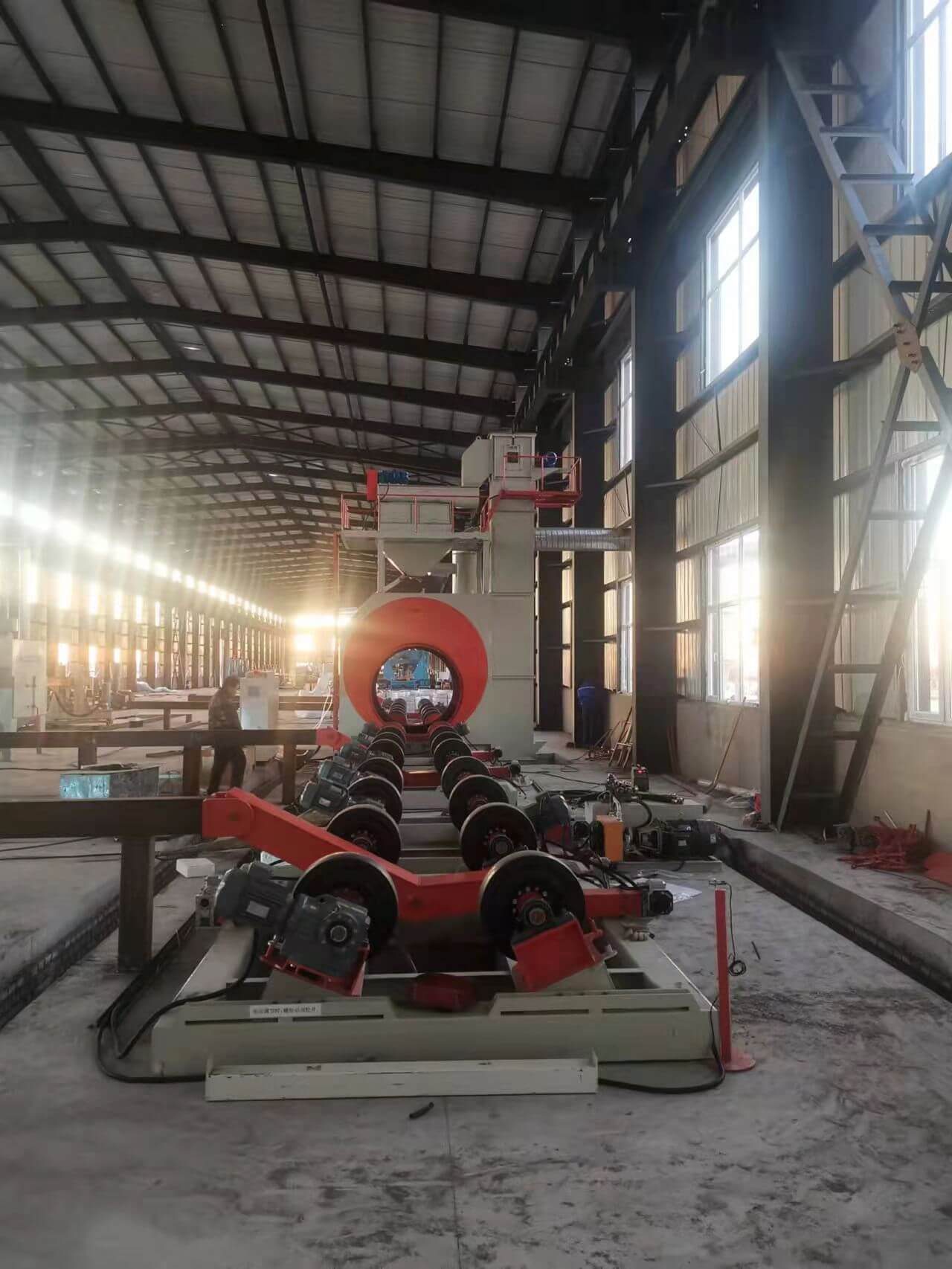What is the FBE coating is a question frequently asked by professionals in the pipeline, construction, and industrial maintenance sectors. FBE, which stands for Fusion Bonded Epoxy, represents a highly durable protective coating widely applied to metal surfaces, especially steel pipelines. Unlike traditional paint or liquid coatings, FBE coating involves a dry powder epoxy resin that is applied through an electrostatic process and then fused onto the heated metal surface. This creates a strong, uniform layer that adheres tightly to the substrate, offering both mechanical and chemical protection.
The primary reason industries invest in FBE coating is its exceptional resistance to corrosion and wear. Steel pipelines, whether used in oil and gas, water distribution, or chemical transportation, are prone to degradation when exposed to moisture, chemicals, and extreme environmental conditions. FBE coating acts as a barrier, preventing direct contact between corrosive agents and the steel surface. This significantly extends the lifespan of pipelines and reduces maintenance costs over time. Furthermore, because the coating is fusion bonded, it does not rely on solvents or liquid binders, which means the layer is consistent, dense, and less prone to defects like blistering or peeling.
Another critical aspect of FBE coating is its adaptability to various industrial requirements. It can be applied as a single layer for moderate protection or as a multi-layer system for enhanced durability in highly corrosive environments. Some advanced applications combine FBE with additional polyethylene layers or thermal insulation to improve impact resistance, UV stability, and overall toughness. This flexibility allows engineers and project managers to tailor pipeline protection according to operational conditions, such as underground burial, offshore exposure, or high-pressure transportation.

The application process of FBE coating is meticulously designed to ensure maximum performance. Initially, the metal surface is thoroughly cleaned, often using abrasive blasting, to remove rust, scale, and other contaminants. This step is crucial because any residue can prevent proper adhesion of the FBE layer. After cleaning, the pipe or metal object is preheated to a precise temperature. The dry epoxy powder is then applied electrostatically, which allows the particles to evenly coat the surface. The heat from the metal melts the powder, creating a smooth and uniform coating. Once cooled, the FBE layer hardens into a tough, chemical-resistant surface that adheres at the molecular level to the steel, providing a permanent protective barrier.
The benefits of using FBE coating go beyond corrosion protection. Its chemical composition offers resistance to acids, alkalis, salts, and other industrial chemicals, making it suitable for pipelines that transport aggressive fluids. Additionally, FBE coatings exhibit excellent adhesion properties even under thermal cycling and mechanical stress. This ensures that the coating remains intact under temperature fluctuations or during pipe handling, transportation, and installation. For industries focused on long-term investment and safety, these properties make FBE coating a reliable choice for asset protection and operational efficiency.
From a commercial perspective, understanding what FBE coating is can help businesses make informed decisions about material selection and maintenance planning. Companies dealing with large-scale pipeline networks often prioritize coatings that minimize downtime and reduce the frequency of repairs. FBE coating’s combination of durability, chemical resistance, and mechanical strength translates into lower operational risks and higher return on investment. Moreover, choosing FBE allows for compliance with international standards for pipeline protection, including those set by ISO, NACE, and other industry regulatory bodies. These standards ensure that the coating meets rigorous performance criteria and guarantees the safety and reliability of pipeline infrastructure.
Environmental considerations also play a role in the growing adoption of FBE coating. Unlike solvent-based coatings that release volatile organic compounds (VOCs) during application, FBE coatings are largely solvent-free. This reduces environmental impact and improves workplace safety during the coating process. For companies aiming to enhance sustainability, FBE coating provides an effective solution that aligns with eco-friendly practices without compromising on performance. Additionally, the longevity of FBE-coated pipelines means fewer replacements and reduced material consumption over time, further contributing to environmental efficiency.
Despite its many advantages, selecting the right FBE coating requires careful consideration of factors such as temperature, substrate type, and operational environment. For instance, pipelines that operate under high-pressure steam or extreme temperatures may require a high-performance FBE formulation or a multi-layer protective system. Likewise, pipes exposed to abrasive soil or marine environments may benefit from an additional polyethylene overcoat or specialized topcoat to improve impact resistance and UV protection. Consulting with coating specialists ensures that the FBE system chosen meets both technical requirements and long-term operational goals.
Maintenance and inspection of FBE coating are relatively straightforward compared to traditional coatings. Routine visual inspections and non-destructive testing can detect any damage or wear, allowing for timely repairs. Because FBE forms a chemically bonded layer, minor scratches or abrasions rarely compromise the overall protection, and touch-up coatings can be applied efficiently where needed. This ease of maintenance, combined with its robustness, makes FBE coating particularly appealing for industries where downtime is costly and operational reliability is critical.
In conclusion, understanding what FBE coating entails provides valuable insight into one of the most widely used and effective protective solutions for steel pipelines and industrial equipment. Its combination of corrosion resistance, chemical durability, mechanical strength, and environmental compatibility makes it an indispensable tool for industries aiming to protect valuable infrastructure and optimize operational efficiency. By investing in the right FBE system, companies can ensure long-lasting protection, regulatory compliance, and reduced maintenance costs, all of which contribute to safer, more reliable industrial operations.


